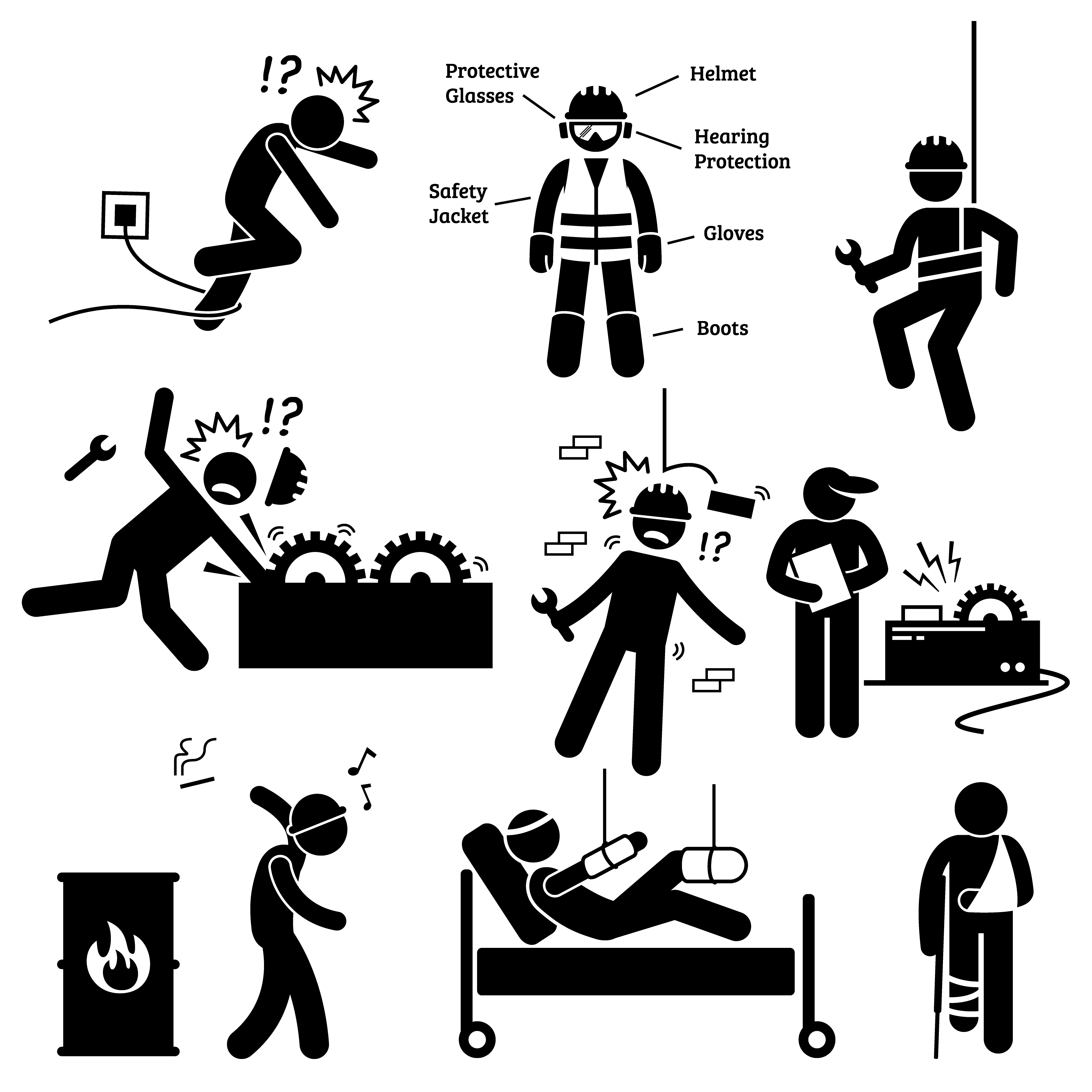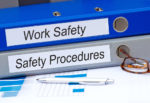The United Kingdom is a country that prioritises the safety and health of its citizens, including those who work in various industries. Workplace safety is an essential aspect of the UK’s economy, and the government is keen on ensuring that all employers adhere to safety standards and provide a safe working environment for their employees. […]
Category: Health and Safety Executive (HSE)
Health and Safety Executive are otherwise known as the HSE are the organisation that lays down the legislation and regulated health and safety in the workplace.
Health and Safety regulations are only as good as enforcement. An employer needs to make sure they comply with all the relevant rules and regulations. An employee makes sure they follow the rules and regulations of the company. The HSE’s job is to come out as enforcement officers and inspectors to make sure that companies are following the rules. They will also attend after an accident or incident.
The HSE has the power to come into any business, to make on the spot inspections, to check records and make sure they fully comply with all safety legislation. Health and safety legislation can include all aspects of health and safety within the workplace, infection control, food hygiene regulations, just to name a few.
For more information see our H&S video online courses.
RIDDOR statistics on injuries
The Reporting of Injuries, Diseases, and Dangerous Occurrences Regulations (RIDDOR) is a UK regulation that requires employers to report certain types of workplace incidents to the Health and Safety Executive. These incidents include work-related accidents, diseases, and dangerous occurrences. According to the latest statistics from the HSE, there were 69,208 non-fatal injuries to employees reported […]
Manual handling stats injuries
Manual handling is a common task in many workplaces across the UK. However, poor manual handling techniques can lead to injuries and musculoskeletal disorders, which can have a significant impact on the health and well-being of employees. According to the Health and Safety Executive, manual handling is the cause of around 20% of all workplace […]
Care home stats
The health and social care sector in the UK is an essential industry that provides care and support for vulnerable members of society. However, it is also a sector that involves a significant amount of manual handling tasks, which can lead to injuries and musculoskeletal disorders. According to the Health and Safety Executive (HSE), the […]

Fatal injuries at work have increased. In 2017/18, 144 workers were killed at work
The average annual number of workers killed at work over the past five years (2013/14-2017/18) is 141. Though only a small increase, with the current health and safety culture we’d have expected a drop in this figure. What can we do to help? A number of methods could be employed to reduce this figure. Treat […]

HSE accident and illness figures for Great Britain (2017/18)
Every year, The Heath and Safety Executive releases its annual report, containing a summary of the year’s statistics. The source of all the information you’re about to read is the HSE’s website (www.hse.gov.uk) 1.4 million working people suffering from a work-related illness 2,595 mesothelioma deaths due to past asbestos exposures (2016) 144 workers killed at […]

Declaration of Conformity
Declaration of Conformity certificates are required on most new products must be supplied to end users which must relate to the particular product placed on the market. The contents of this document are stated on the HSE website and they should declare key information, including: The name and address of the organisation taking responsibility for […]

What is a “competent person” under HSE regulations
The Health and Safety Executive use the term “competent person” when they describe people involved in health and safety. The HSE defines a competent person as: “You must get help from a competent person to enable you to meet the requirements of health and safety law. A competent person is someone who has sufficient training and experience […]

Welfare At Work
Welfare At Work comes under the health and safety umbrella as it is important for employees to not suffer ill health from the working conditions. If you employ anyone, however short the period you must ‘so far as is reasonably practicable’, provide adequate and appropriate welfare facilities for them while they are at work. This […]

CE Mark
CE mark is a symbol that is displayed on all products that are subject to one or more of the European product safety Directives. It is a visible sign that the manufacturer of the product is declaring conformity with all of the Directives relating to that product. The logo is usually on the product label or […]